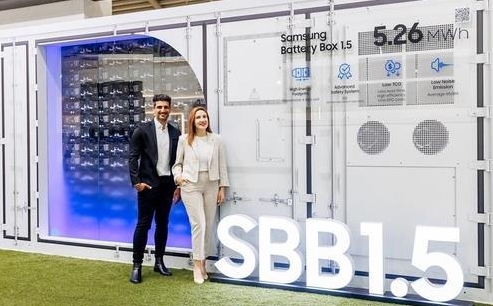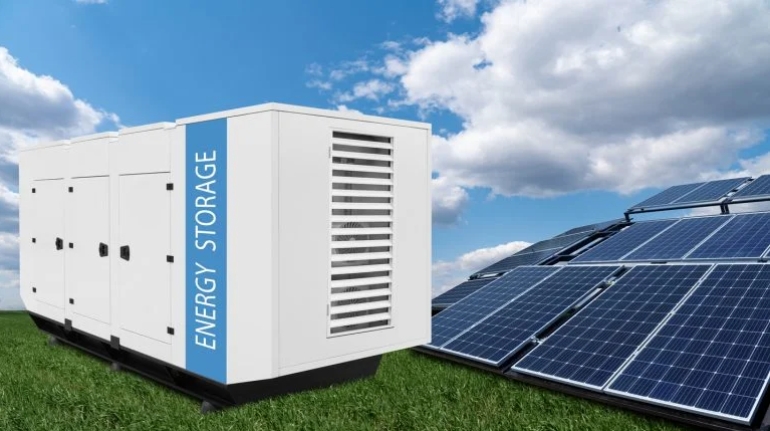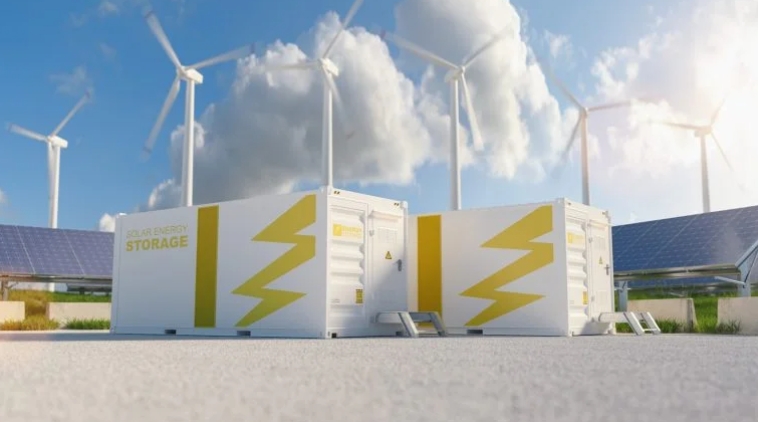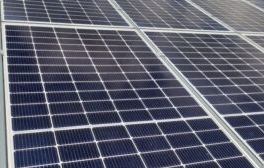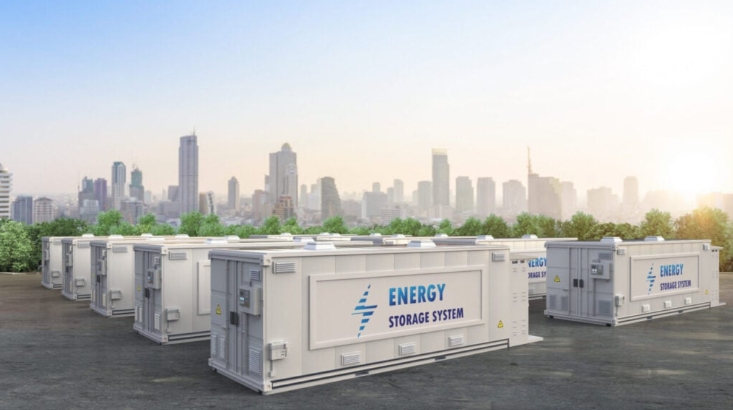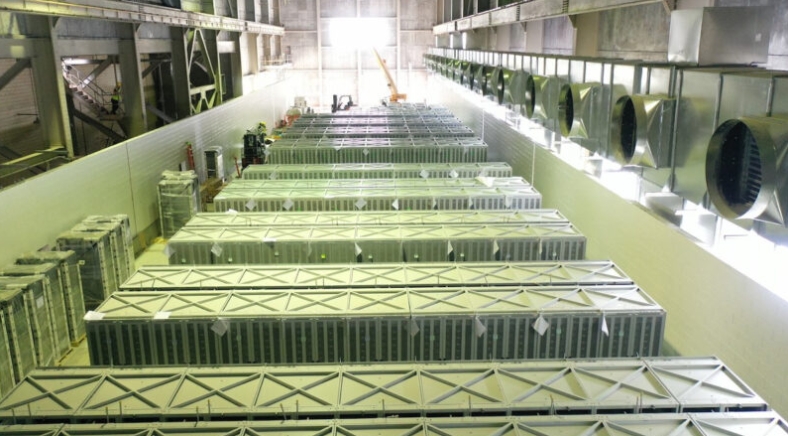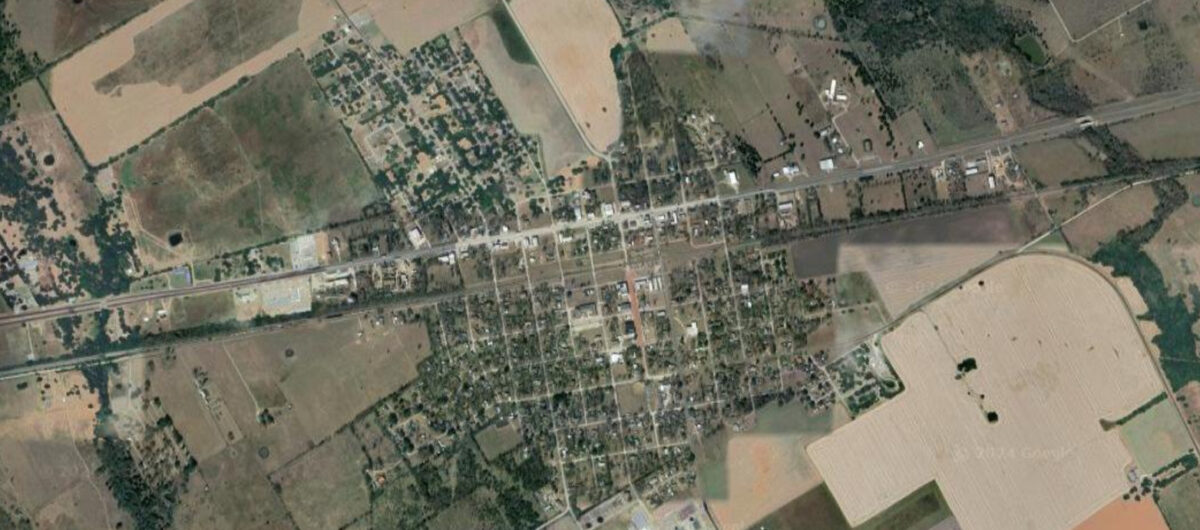
The U.S. Department of Energy’s (DOE) Office of Clean Energy Demonstrations (OCED) is looking to advance the development of non-lithium long-duration energy storage (LDES) by funding pilot demonstration projects.
The OCED issued a notice of intent this month for up to $100 million, indicating it is looking to advance the commercial viability and utility-scale deployment of non-lithium, long-duration (10+ hours) stationary storage technologies and applications.
It is expected that the OCED will fund three to 15 projects, each receiving between $5 million and $20 million. There will be a 50% minimum non-federal cost share per project, according to a statement from the DOE.
The funding earmarked for the pilot programs comes from the Bipartisan Infrastructure Law, passed in 2021.
Looking beyond lithium ion
The DOE estimates an additional 700 GW to 900 GW of clean, firm capacity will be required for the U.S. to reach its goal of a net-zero emissions economy by 2050. Much of that new capacity is expected to be generated by wind and solar.
While some short-duration lithium-ion-based energy storage is already in place to support the grid, it will likely not be capable of dispatching the power necessary to mitigate the growing fleet of variable renewable energy resources.
LDES technologies, however, could fill that role, especially if they leverage non-lithium battery chemistries capable of storing energy for future dispatch for much longer periods than lithium ion –– often as long as eight to 12 hours.
There are already several alternative technologies on the market, including chemical, thermal and electrochemical batteries. For example, Redflow, an Australian battery manufacturer, produces zinc bromine electrochemical flow batteries for LDES systems, while BSAF is producing sodium sulfur-based chemistries for the same purpose.
Additionally, AEsir Technologies is developing nickel zinc batteries for LDES applications for the critical infrastructure, defense and aerospace industries, and e-Zinc recently received $31 million in funding to complete a pilot manufacturing facility for its zinc-air battery.
In addition to longer energy storage times, both can maintain reliable power in higher ambient temperatures over longer periods and with less degradation than lithium-ion batteries. They are also not as prone to thermal runaway, meaning they’re less likely to catch on fire.
Integrating LDES systems with microgrids
The U.S. government is also testing how well LDES systems integrate with microgrid technologies.
The DOE’s Loan Programs Office recently made a conditional commitment to fund a solar plus LDES microgrid for the Viejas Band of the Kumeyaay Indians in Alpine, California, and the U.S. Army Corps of Engineers (USACE) is testing an LDES microgrid for use at remote military installations. The USACE’s containerized system utilizes iron flow batteries.
Funding requirements
To be eligible for funding, the OCED will require each applicant’s team to include a technology provider. Applicants will also be encouraged to include “utilities, facility owner/operators, developers, financiers and others that support a clear path to commercial adoption,” according to a statement.
Full details, including application requirements, are expected to be released with the funding solicitation notice in late summer or early fall.
